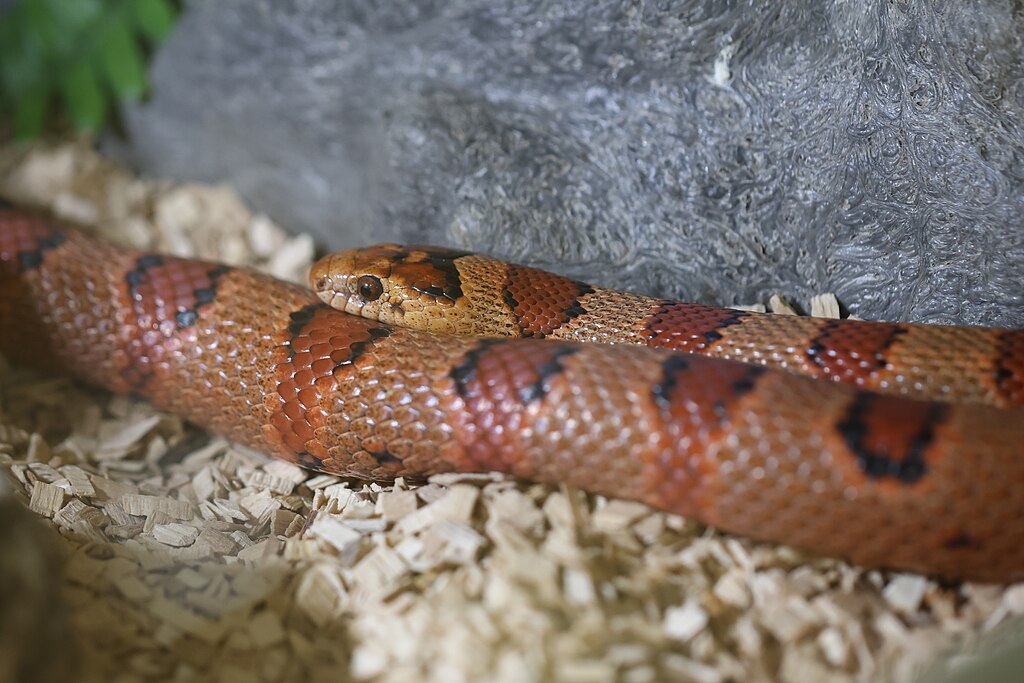Respiratory issues in pet snakes are more common than many owners realize, and detecting them early can make the difference between quick recovery and serious illness. Respiratory blockages, often triggered by environmental factors or underlying infections, can manifest through various subtle signs that attentive owners can learn to recognize. As cold-blooded animals, snakes depend entirely on their environment for temperature regulation, making them particularly susceptible to respiratory complications when their habitat conditions aren’t optimal. This comprehensive guide will help you identify the warning signs of respiratory blockages in your snake companion, understand what causes these issues, and know when to seek veterinary care for your scaly friend.
Understanding Snake Respiratory Systems
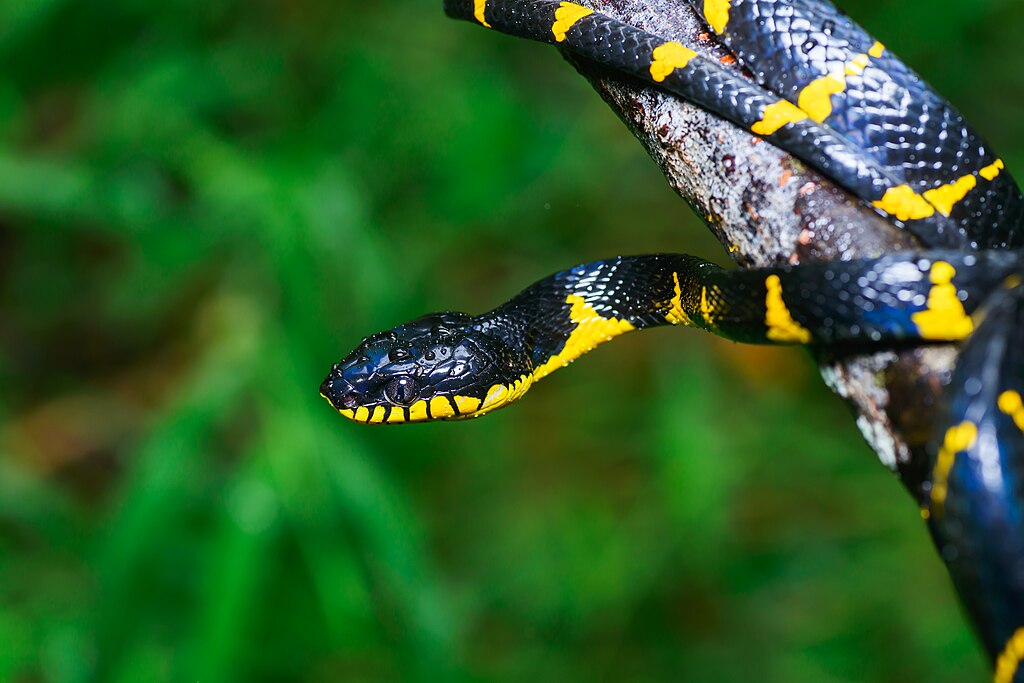
Snakes possess a unique respiratory system that differs significantly from mammals, featuring a single functional lung designed for their elongated body structure. Unlike humans, snakes lack a diaphragm and instead use muscular contractions to move air through their respiratory tract. The snake’s glottis, a small opening at the bottom of their mouth, closes when not breathing to prevent food and debris from entering their respiratory system during feeding. This specialized system works efficiently in healthy conditions but becomes vulnerable when environmental parameters fall outside optimal ranges or when pathogens enter the respiratory tract. Understanding this distinctive anatomy helps explain why respiratory issues manifest differently in snakes than in other pets.
Common Causes of Respiratory Blockages
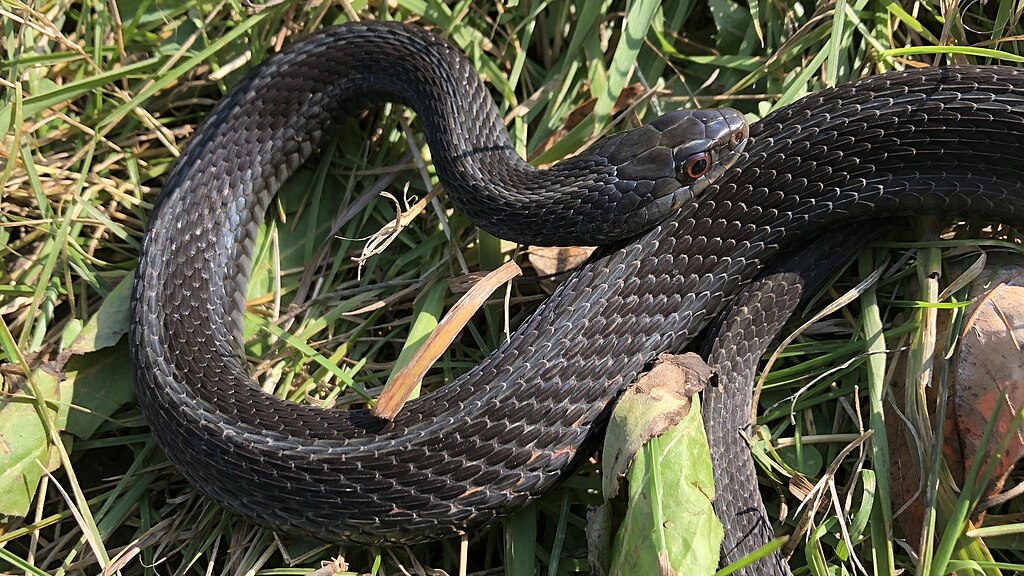
Respiratory blockages in snakes typically stem from several key factors that disrupt their delicate respiratory system. Improper enclosure temperatures, particularly those that are too cool or inconsistent, force snakes to use more energy maintaining body temperature, compromising their immune system and making them susceptible to infections. Excessive humidity can create perfect breeding grounds for bacteria and fungi, while insufficient humidity may dry out mucous membranes and impair their natural defenses. Bacterial infections, often caused by Mycoplasma or Gram-negative bacteria, are frequent culprits behind respiratory issues, sometimes resulting from stress, poor nutrition, or exposure to infected snakes. Additionally, environmental irritants such as certain substrate types, cleaning chemical residues, or airborne particles can trigger inflammation in the respiratory tract, beginning a cascade that leads to blockage.
Abnormal Breathing Sounds
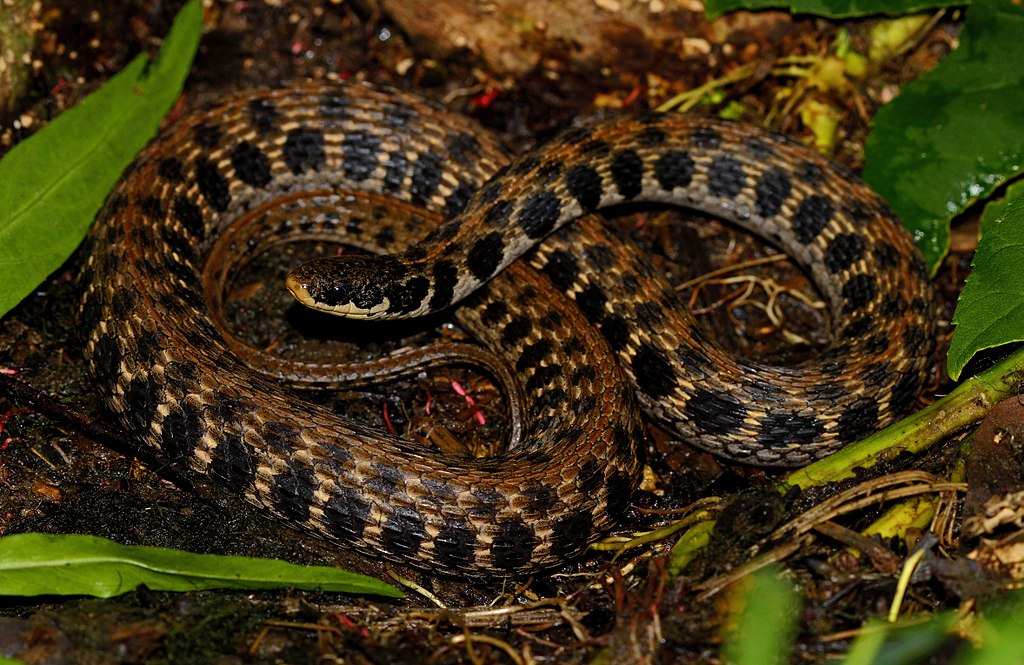
One of the most recognizable signs of a respiratory blockage in snakes is the presence of unusual sounds during breathing. Healthy snakes breathe silently, so any audible wheezing, clicking, or popping noises during respiration should raise immediate concern. You might notice these sounds especially when your snake is active or after handling when their respiration rate naturally increases. Some owners describe the sound as similar to a percolating coffee maker or subtle bubbling. These abnormal sounds occur when air pushes through mucus or fluid that has accumulated in the respiratory passages, creating the distinctive noises that signal respiratory distress. If you detect these sounds, it’s advisable to listen closely in a quiet room to confirm your observations before seeking veterinary consultation.
Open-Mouth Breathing
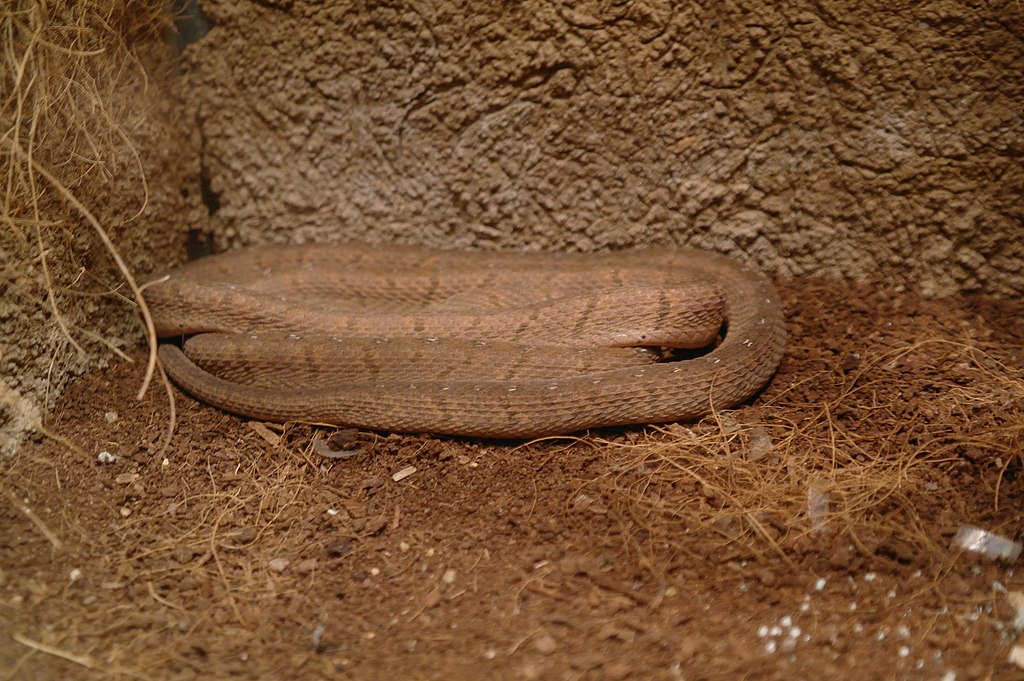
Open-mouth breathing, sometimes called “gaping,” represents a serious warning sign of respiratory distress in snakes. Healthy snakes breathe exclusively through their nostrils, so when you observe your snake regularly breathing with its mouth open, this indicates it’s struggling to get sufficient oxygen through normal pathways. This behavior is particularly concerning if observed during rest, as snakes might naturally open their mouths briefly during active periods or when regulating temperature. The open-mouth posture may be accompanied by an extended neck position as the snake attempts to straighten its airway to maximize air intake. Some affected snakes will raise their heads slightly, almost as if stretching upward, while keeping their mouths partially open in an effort to bypass the blockage. This symptom warrants immediate veterinary attention as it indicates significant respiratory compromise.
Bubbles or Discharge Around the Mouth or Nostrils

The presence of bubbles, mucus, or any discharge around your snake’s mouth or nostrils strongly indicates a respiratory infection that may be causing blockage. This discharge results from the snake’s immune system responding to pathogens by producing excess mucus, which the snake then struggles to clear from its respiratory tract. The consistency of this discharge can vary from clear and watery to thick, cloudy, or even yellowish-green in more severe cases, with the latter suggesting a more advanced bacterial infection. Some snake owners report seeing small bubbles forming at the corners of the mouth or around the nostrils, especially when the snake is at rest. This symptom should never be ignored as it represents active infection and inflammation that is producing enough excess fluid to be visible externally.
Unusual Head and Neck Positioning
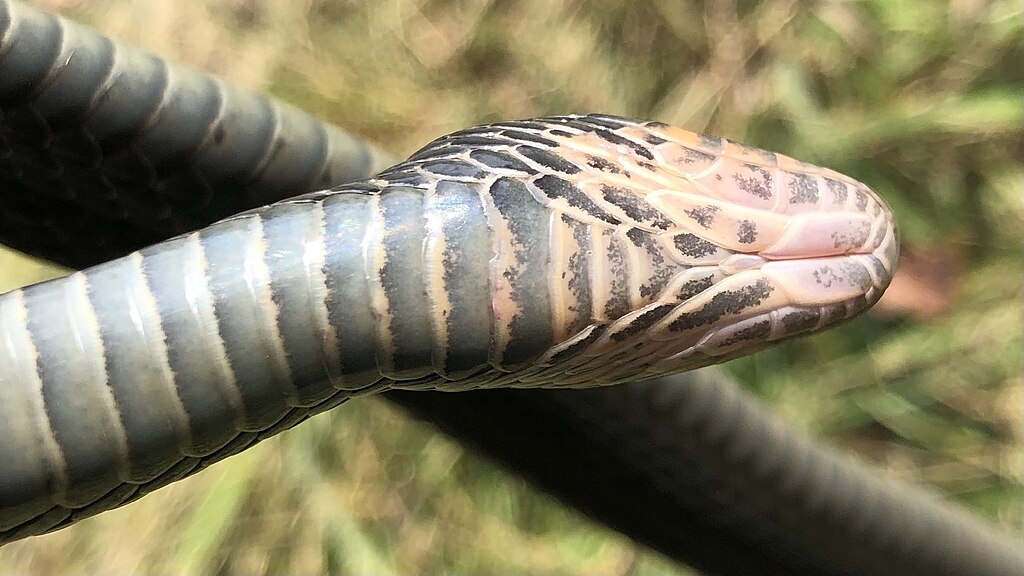
Snakes suffering from respiratory blockages often adopt distinctive postures to ease their breathing difficulties. You might notice your snake keeping its head and neck elevated above the rest of its body, creating a more direct airway to facilitate breathing. Some affected snakes will stretch their necks upward at unusual angles or maintain a rigid, extended position rather than the relaxed, coiled posture typical of healthy snakes. This behavior represents the snake’s instinctive attempt to reduce restriction on its breathing passages. Additionally, some snakes may repeatedly extend and contract their neck muscles in rhythmic movements that resemble gulping or swallowing, which actually indicates they’re trying to clear blockages from their respiratory tract. These postural changes often become more pronounced as the respiratory issue worsens, making them increasingly obvious to attentive owners.
Decreased Activity and Appetite

A snake battling respiratory blockage typically experiences a noticeable decline in both activity level and feeding interest. You may observe your normally active snake spending excessive time in hiding spots, showing reluctance to explore its enclosure, or responding sluggishly when handled. This lethargy stems from the combination of reduced oxygen intake and the energy demands of fighting infection. Feeding refusal often accompanies this decreased activity, as snakes with respiratory issues find it difficult to breathe while simultaneously handling food. Some owners report their snakes showing initial interest in prey items but backing away without striking, or striking but then releasing the prey immediately. These behavioral changes occur because breathing difficulty takes priority over feeding, and the physical act of consuming prey can temporarily worsen respiratory restriction.
Abnormal Body Positioning
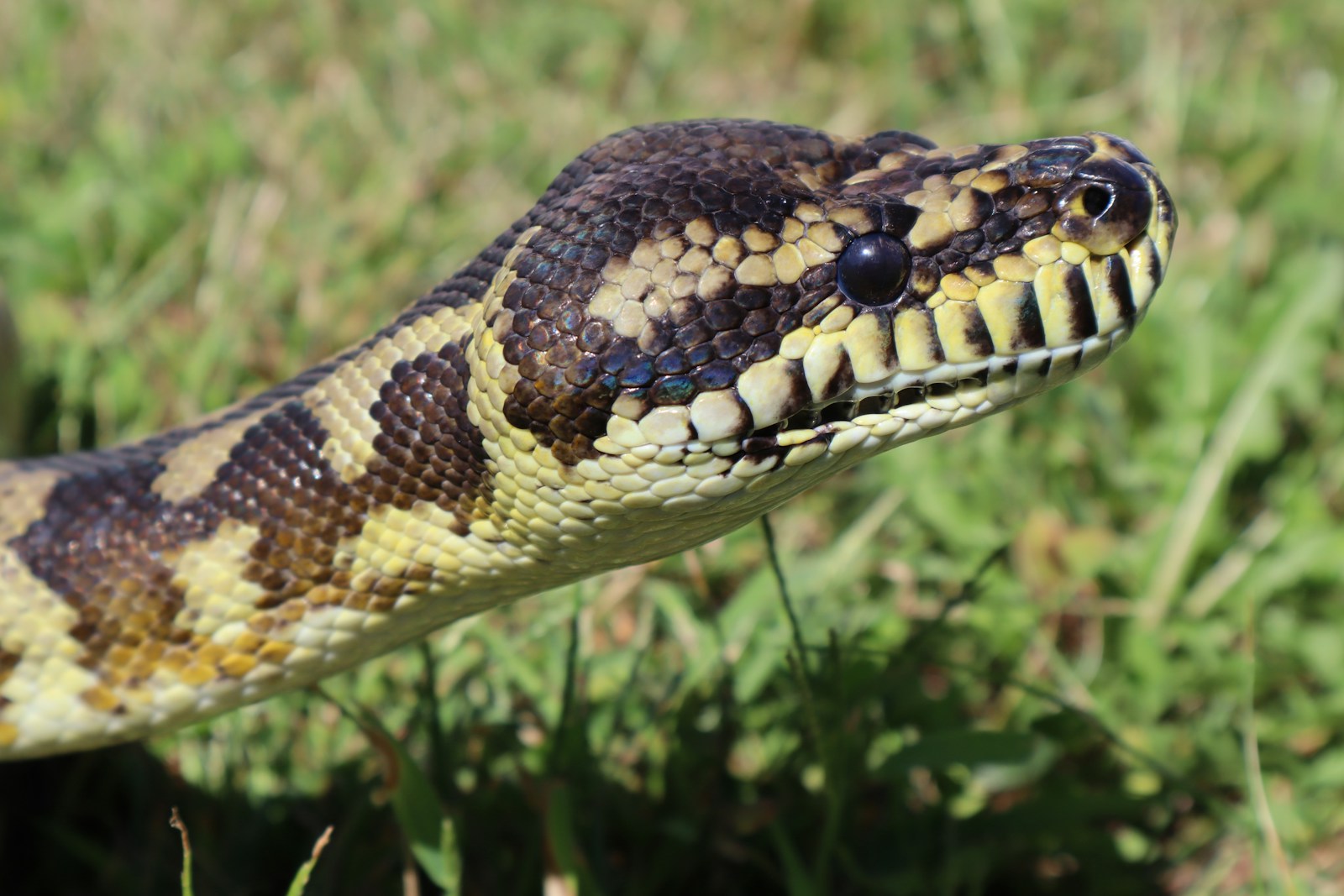
Snakes with respiratory blockages may adopt unusual body positions in an attempt to ease breathing difficulties. You might observe your snake lying in uncharacteristically straight lines rather than comfortable coils, as stretching out can help open the airway and reduce pressure on the single functioning lung. Some affected snakes position themselves with their head and neck slightly elevated, often pressing against the side of the enclosure or climbing onto decorations to maintain this posture. Another telltale sign is when a snake spends excessive time soaking in its water dish, as this behavior can provide relief through increased humidity that helps loosen mucus blockages. If your typically arboreal species suddenly prefers ground-level positioning or vice versa, this change in preferred resting location might also indicate respiratory compromise as the snake seeks positions that ease breathing effort.
Visible Respiratory Effort
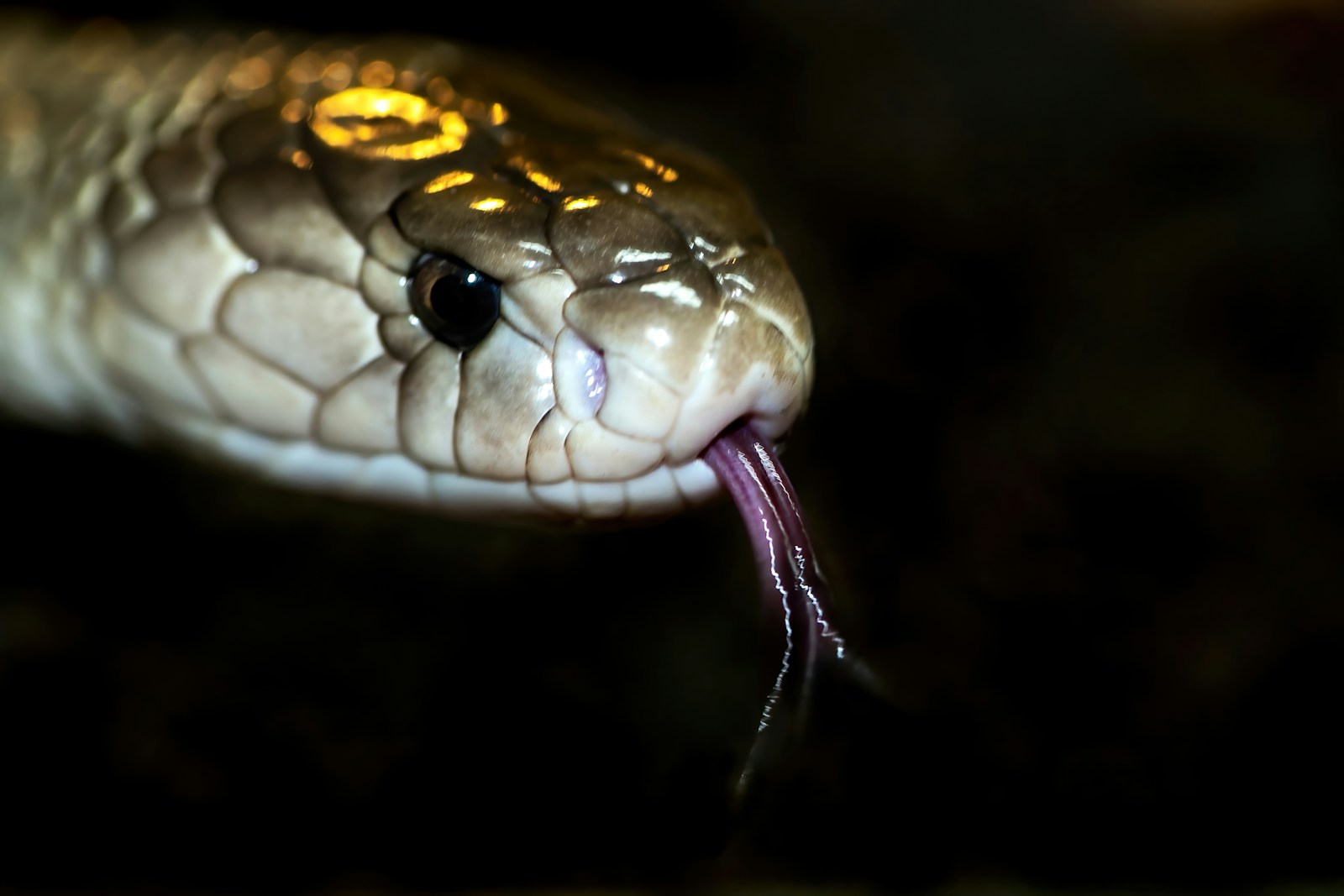
Healthy snakes breathe with subtle, barely perceptible movements, so noticeable breathing effort signals potential respiratory distress. When observing your snake, look for exaggerated expansion and contraction of the body just behind the head, where the snake’s lung is located. This pronounced “pumping” motion indicates the snake is working harder than normal to move air through obstructed passages. Some owners describe seeing a distinct “hiccup-like” movement or irregular breathing rhythm that differs from the snake’s normal respiratory pattern. In severe cases, you might notice the snake’s mouth opening slightly with each breath, or the glottis (breathing hole at the bottom of the mouth) remaining partially open rather than closing completely between breaths. These visible efforts signify that normal breathing has become laborious due to narrowed or blocked respiratory pathways.
Changes in Shedding Patterns
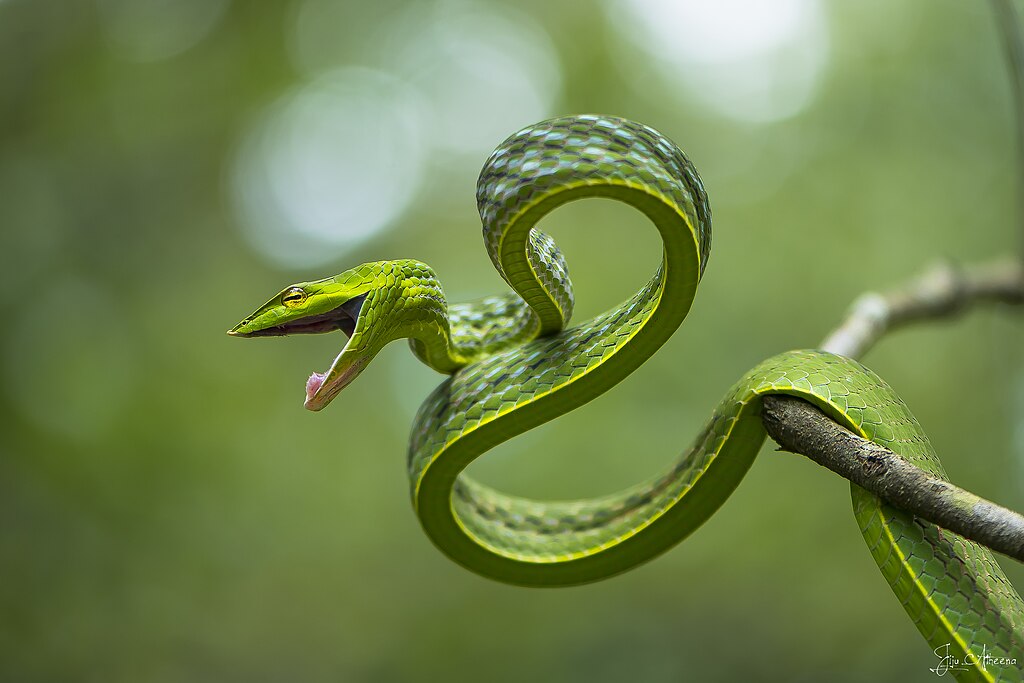
Respiratory blockages can indirectly affect a snake’s shedding process, creating a connection that many owners overlook. When snakes struggle with respiratory issues, their overall health declines, often leading to difficult or incomplete sheds where patches of old skin remain stuck to the body. The physiological stress of fighting infection redirects energy that would normally support the complex shedding process. Some snakes with respiratory issues may begin shedding more frequently than their normal cycle as their bodies attempt to physiologically “reset” in response to illness. You might also notice the retained skin is particularly problematic around the head area, as the inflammation associated with respiratory infection can alter the delicate shedding process in this region. While shedding issues alone don’t confirm respiratory problems, they can serve as an additional indicator when accompanied by other symptoms.
Weight Loss and Dehydration
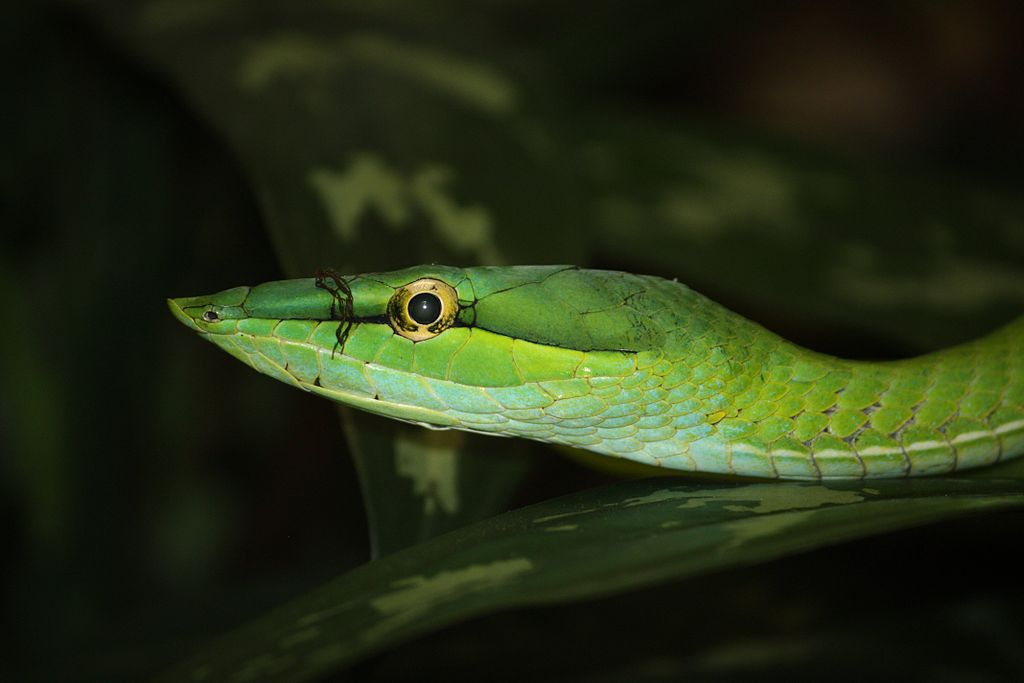
Progressive weight loss often accompanies respiratory blockages in snakes, particularly in cases that have persisted for more than a few weeks. This weight decline stems from the combination of decreased feeding and the increased metabolic demands of fighting infection. Careful observation may reveal subtly pronounced spine ridges or a less rounded body shape than normal, indicating loss of muscle mass and fat reserves. Dehydration frequently accompanies respiratory infections, manifested through wrinkled skin, sunken eyes, or skin that doesn’t snap back quickly when gently pinched. These hydration issues occur partly because infected snakes often reduce their water intake and partly because respiratory infections increase fluid requirements as the body attempts to thin mucus secretions. Together, weight loss and dehydration compound the snake’s health challenges, creating a cycle that further compromises its ability to recover from the respiratory blockage.
Diagnostic Steps for Snake Owners
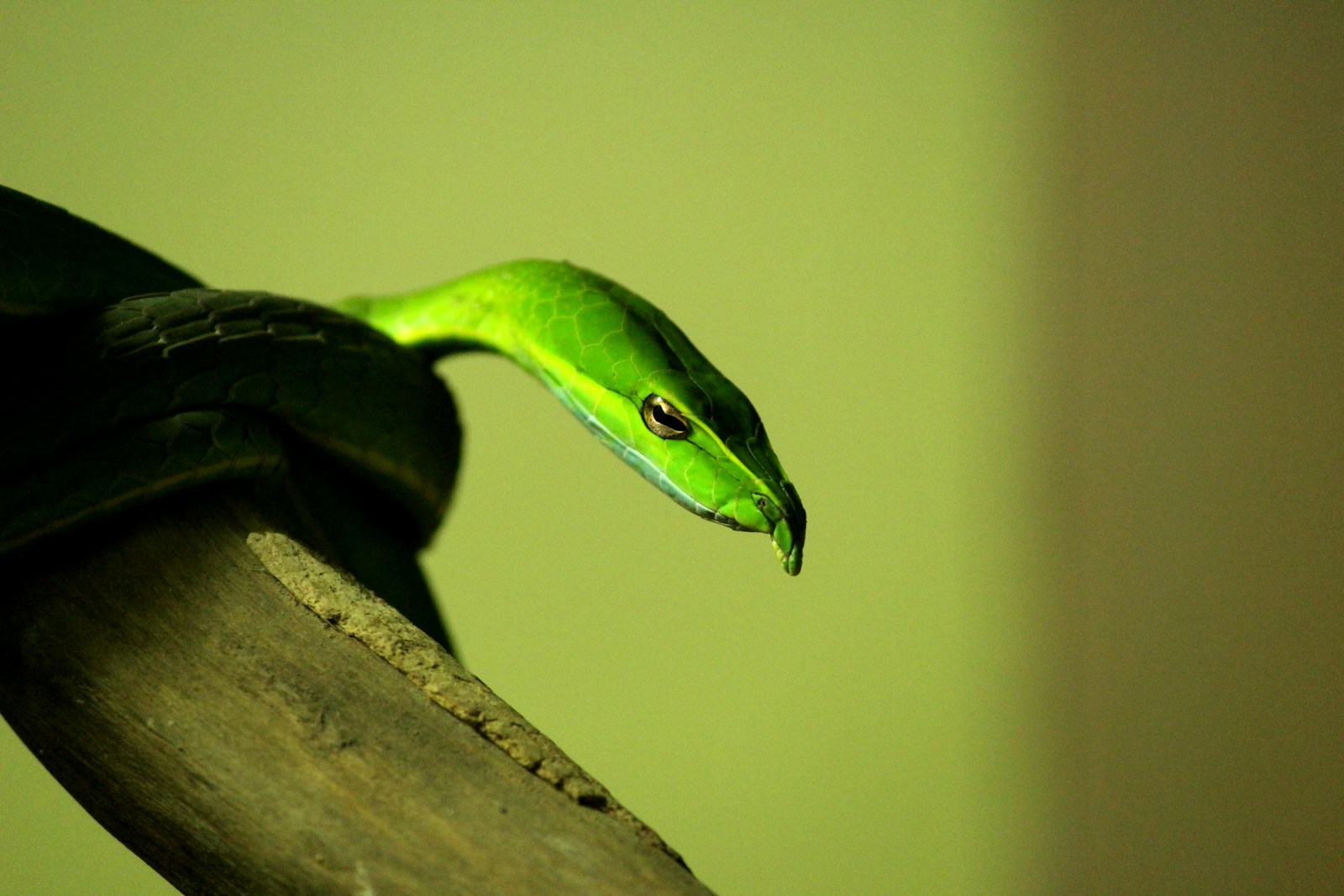
While veterinary diagnosis is essential for confirming respiratory blockages, attentive owners can perform preliminary assessments at home. Begin by carefully observing your snake’s breathing in a quiet environment, listening for abnormal sounds and watching for visual signs of respiratory effort. Gently place your snake in a clear container briefly to check for fogging on the container’s sides, which may indicate excessive mucus production. Monitor your snake’s activity patterns by tracking movements, feeding responses, and preferred resting positions over several days, noting any deviations from established patterns. Verify your enclosure parameters using multiple thermometers and hygrometers placed at different locations, as temperature or humidity gradients might be creating problematic microclimates within the habitat. These observation steps provide valuable information to share with your veterinarian and help determine the urgency of professional intervention.
When to Seek Veterinary Care

Respiratory blockages in snakes warrant prompt veterinary attention, with certain symptoms indicating more urgent situations. Seek immediate emergency care if your snake exhibits open-mouth breathing, severe lethargy where the snake barely responds to handling, visible mucus bubbles at the mouth or nostrils, or any breathing sounds audible from a distance. Schedule an appointment within 24-48 hours if you notice milder symptoms such as slight wheezing, minor changes in activity level, or occasional abnormal positioning. When consulting your veterinarian, bring detailed notes about your observations, including when symptoms began, any recent changes to the enclosure setup, and current temperature and humidity readings. Remember that respiratory infections in snakes can progress rapidly, and treatments are most effective when initiated early before permanent damage occurs to the delicate lung tissue. A reptile-experienced veterinarian may prescribe antibiotics, nebulization therapy, or other treatments based on the specific cause and severity of the blockage.
Preventive Measures for Respiratory Health

Maintaining optimal environmental conditions represents the cornerstone of preventing respiratory blockages in captive snakes. Install high-quality thermometers and hygrometers at multiple points in the enclosure, checking them daily to ensure proper temperature gradients and species-appropriate humidity levels are consistently maintained. Choose appropriate substrate materials that won’t produce excessive dust or irritating particles, avoiding cedar, pine, or heavily scented beddings that can irritate respiratory tissues. Implement a rigorous cleaning schedule for the enclosure, using reptile-safe disinfectants and ensuring all residues are thoroughly rinsed away before returning your snake to its habitat. Quarantine any new reptiles for at least 30-60 days before housing them near existing collections to prevent potential pathogen transmission. Additionally, minimize unnecessary handling during seasonal changes or periods of environmental stress, as these represent times when snakes’ immune systems may be naturally compromised and more susceptible to respiratory infections.
Respiratory blockages represent one of the most common serious health issues affecting captive snakes, yet they’re also among the most preventable through proper husbandry and early intervention. Learning to recognize the subtle signs of respiratory distress empowers snake owners to take action before conditions deteriorate significantly. Remember that snakes, as stoic creatures that naturally hide illness, often show symptoms only when problems have advanced considerably. By combining vigilant observation with optimal environmental management, you provide your snake the best chance at respiratory health throughout its life. When concerns arise, partnership with a reptile-experienced veterinarian ensures your snake receives appropriate diagnostic care and treatment, potentially adding years to your scaled companion’s life.

